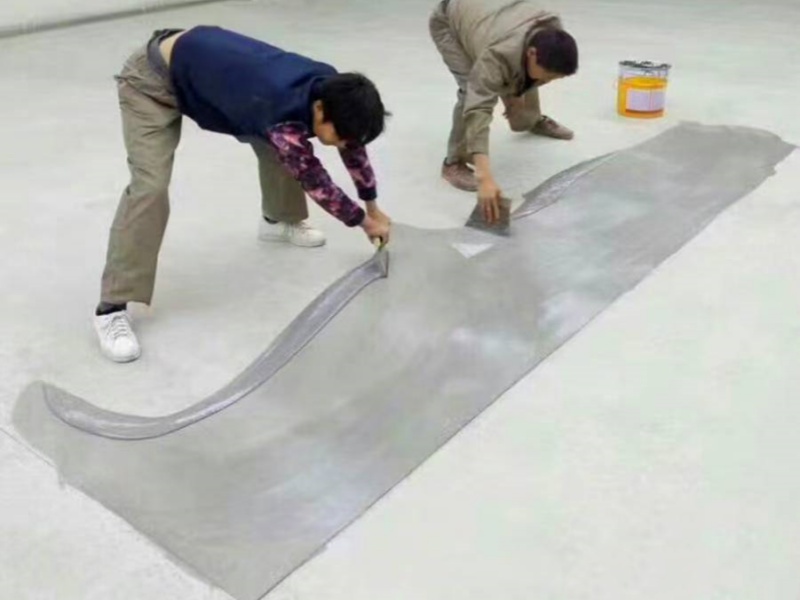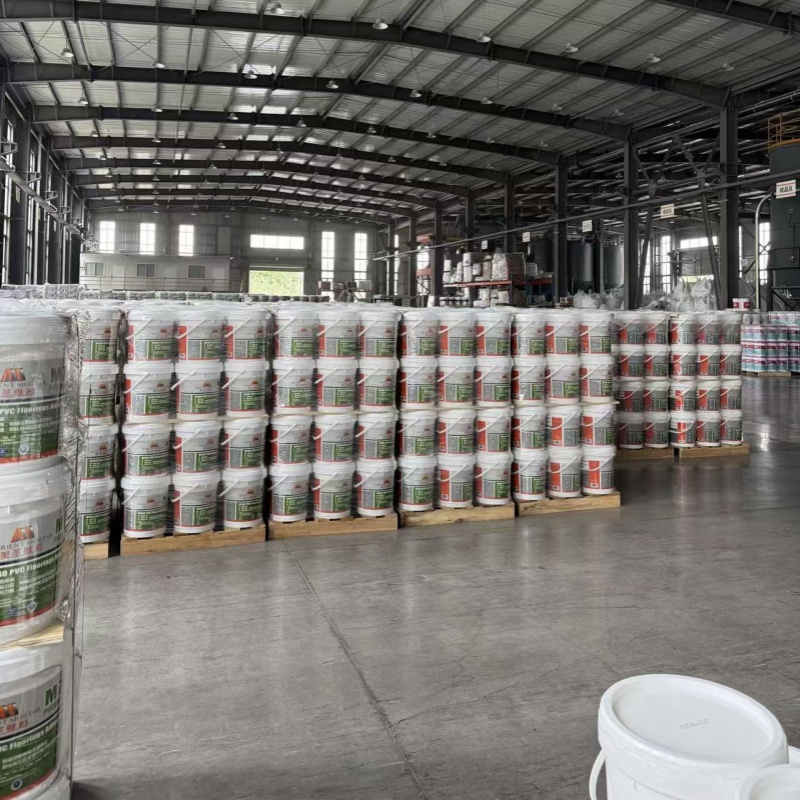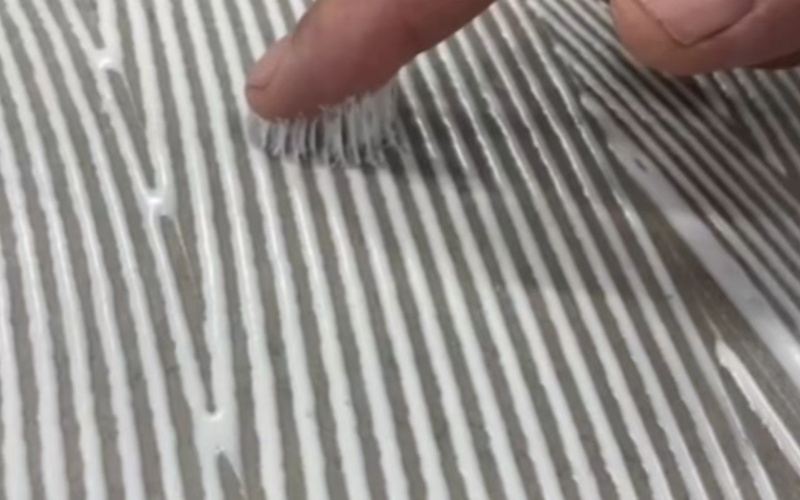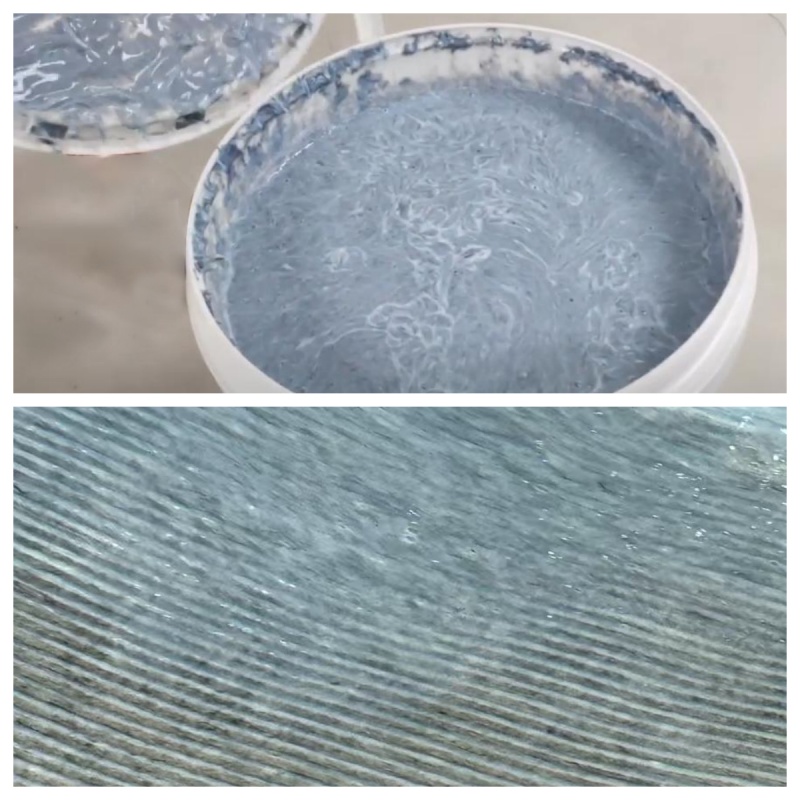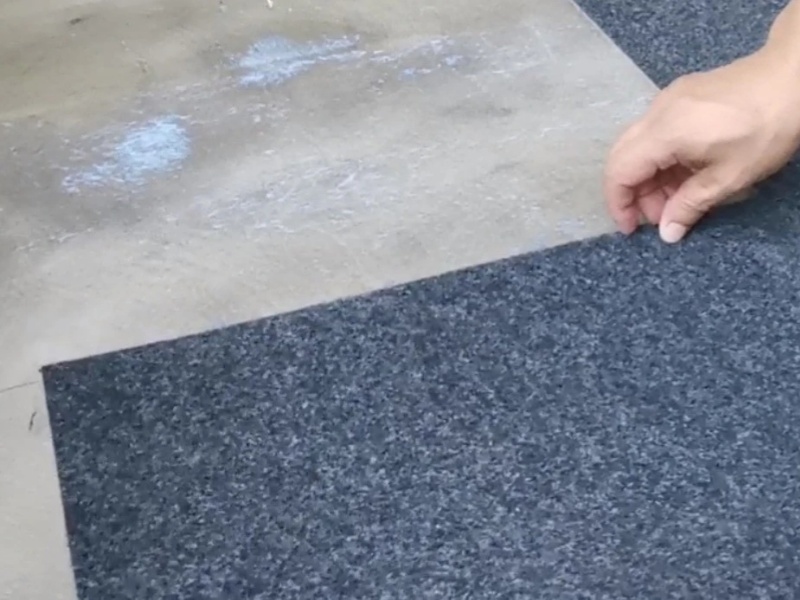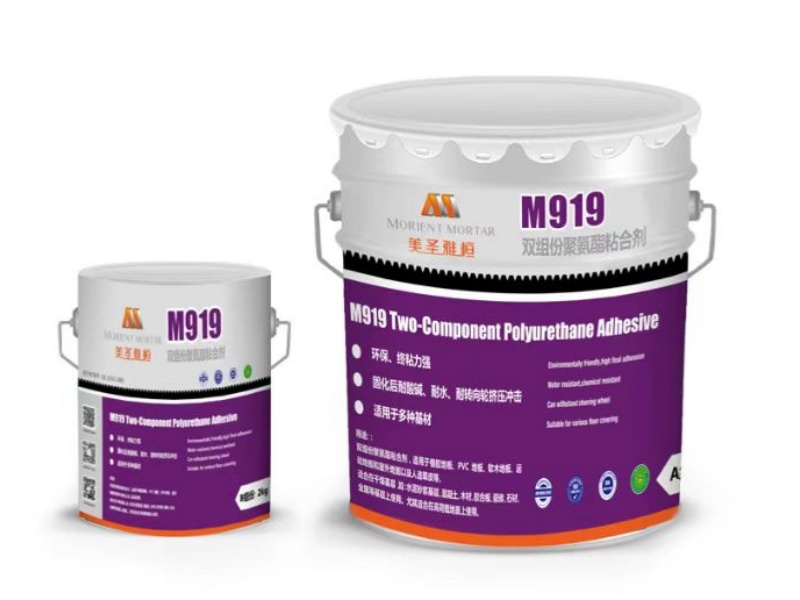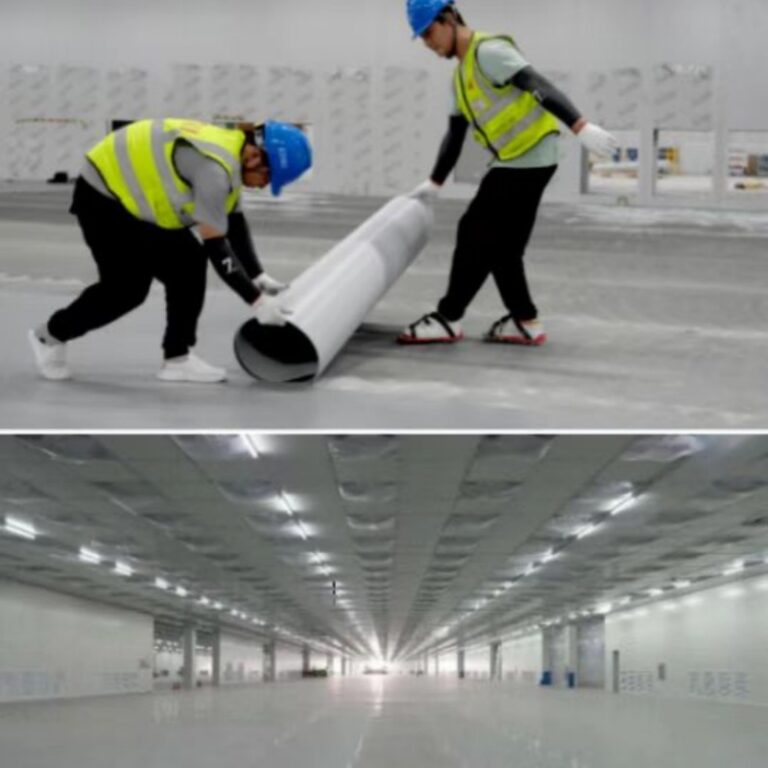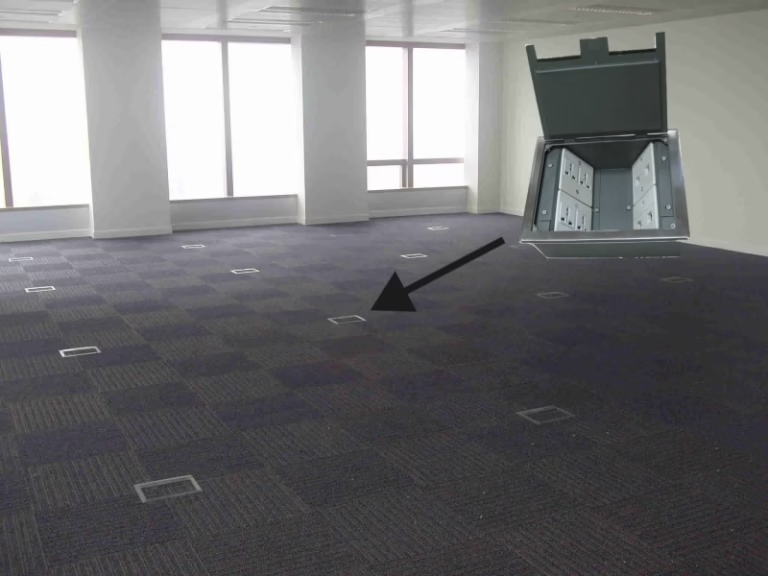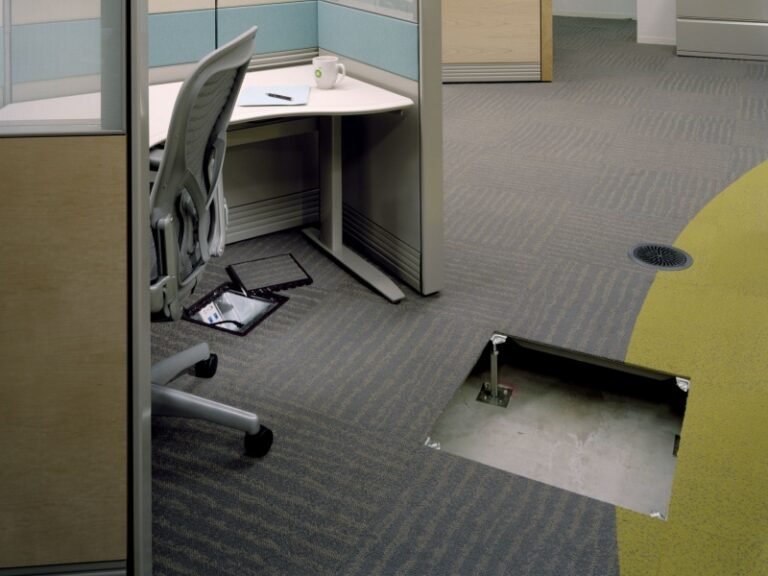Blog
Home » How to Choose the Right Adhesive for Different Flooring Types
How to Choose the Right Adhesive for Different Flooring Types
In flooring installation, adhesives are the “invisible key”—the wrong choice often leads to flooring warping or hollowing. With so many adhesive types on the market, matching them to the right flooring can be tricky. Today, we’ll guide you in choosing the right adhesive based on your requirements.
Roll Flooring: Choose the right adhesive for your needs
For general applications, choose M760. It’s a high-efficiency water-based adhesive suitable for bonding PVC rolls, sheets, and PVC backing carpets to absorbent substrates. For applications requiring static dissipation, use M760D, specifically designed for static-dissipating or static-conducting PVC rolls. In industrial settings, M777 industrial adhesive is suitable for industrial rolls with a thickness of 2.5mm or less, but it cannot be used on walls. For wall applications, stair treads, or high-load environments, choose M780. It can also bond homogeneous flooring, rubber rolls, etc. Remember to switch to a different adhesive for wall applications.
Linoleum Flooring: Choose M770
For both linoleum rolls and sheets, M770 is the ideal match. As a high-efficiency water-based adhesive, it ensures strong adhesion when applied to absorbent substrates.
Sheet Flooring: Choose by Thickness
Choose by Thickness. For ordinary PVC sheets and quartz flooring, use M720 water-based adhesive. For conductive sheets, choose M720D, which contains ultra-fine conductive carbon fibers. For PVC sheets 3mm and below, both M735 and M767 are suitable. M767 can also be used for LVT flooring, making it more versatile and popular. For sheet thicknesses exceeding 3mm, M919 two-component polyurethane adhesive is recommended.
Carpet & Wood Flooring: Match with Corresponding Adhesives
For indoor PVC, PU, and modified bitumen backed carpets, use M730. For various types of indoor wood flooring, M917 is a good choice.
All-Rounder: M919
M919 offers the highest stability, bonding to rolls, sheets, rubber flooring, sports flooring, and more. It’s also suitable for outdoor surfaces and artificial turf, holding its own even under high loads. It requires no drying time, is water-resistant, and is ideal for humid environments, underfloor heating, areas with large temperature differences, or when dealing with irregularly shaped, non-absorbent, or custom-made flooring.
Finally, the larger the floorboard size, the higher the strength of the adhesive required. If you’re still unsure, please contact us and describe your installation environment so we can provide you with professional advice.

